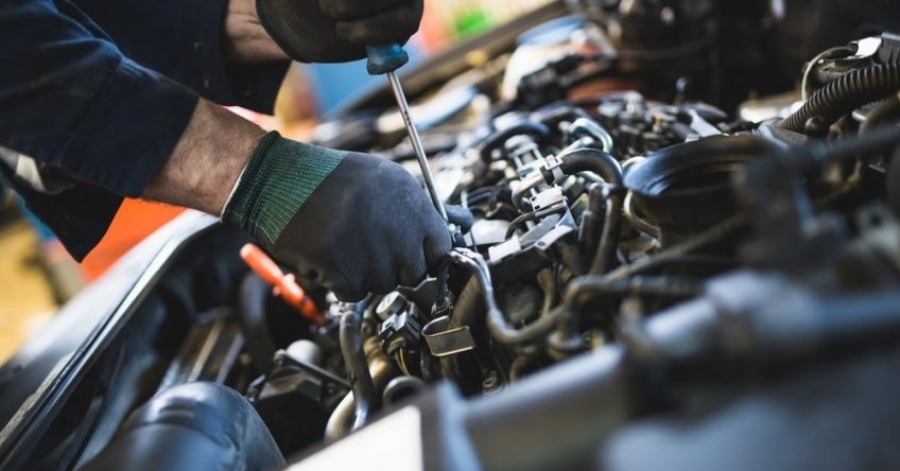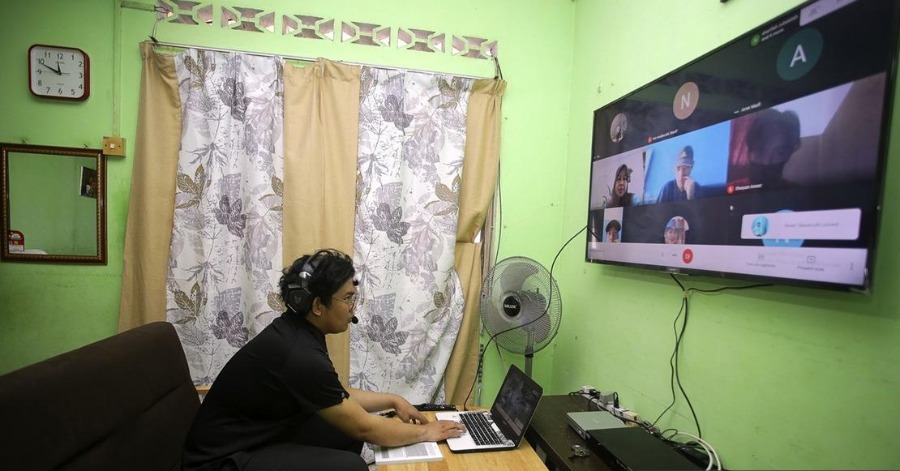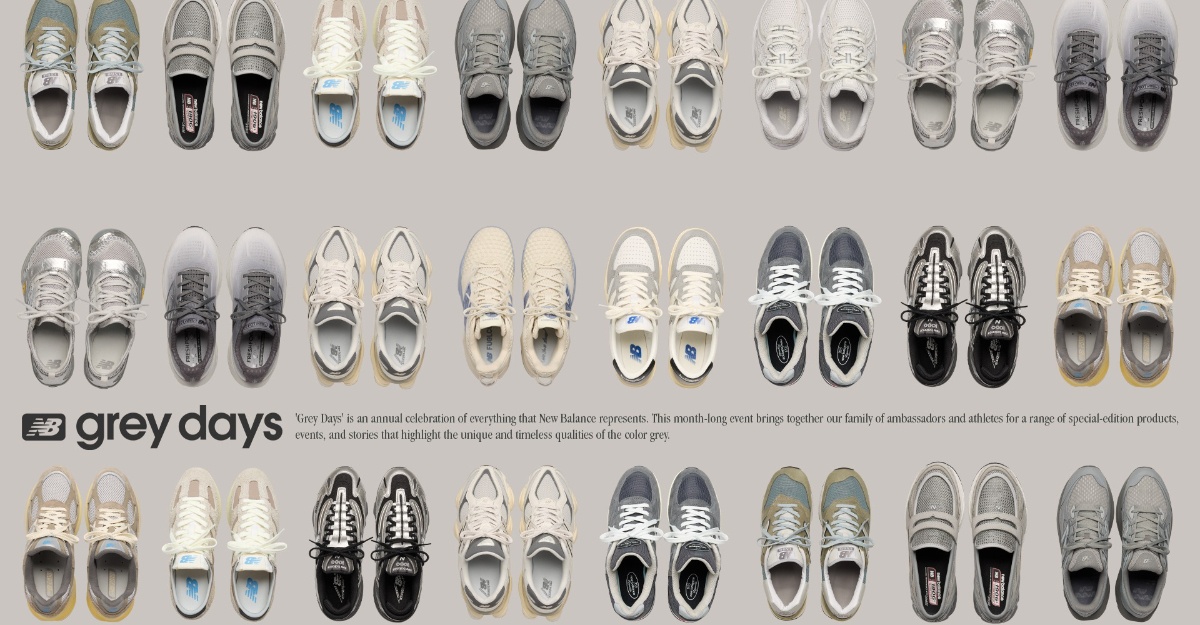After waiting for a very long while because of the COVID-19 pandemic, it has been recently announced that we can finally travel across the states in Malaysia. It is indeed such great news for all Malaysians especially for those who have not been able to visit their beloved parents for so long. Before making your move for a long journey, it is very important for you to make sure that everything is complete and prepared to travel. One of them would be your own car.
Having your car checked before going on a long and might be such a heavy traffic is a crucial step for many people. This is because we would not want to have to deal with car breakdown problems when we are in the middle of the road. Those kinds of problems could be a mood spoiler for everyone before they can finally get to their destination.

These are 5 important items to be checked before a long journey:
1) Oil Level
Oil is absolutely vital in keeping your car’s engine running smoothly. Running out could cause costly damage and leave you stranded. Traditionally, every car came with a dipstick to allow you to check the oil level yourself. Many modern cars no longer have dipsticks, but instead, use the car’s computer to monitor the oil level and display it on the dashboard. You should check your car’s handbook to see if this is the case. If your car doesn’t automatically alert you when your oil is low, use a dipstick to check that it hasn’t gone below the minimum level and top it up before your drive. Be careful not to put in too much oil either, since that’s also not good for the engine.
2) Tyre Pressures
The correct tire pressure is essential to making sure that your car can brake, grip, and steer properly. Even one over-or under-inflated tire can have a big impact on how your car drives. Many modern cars feature a tire pressure monitoring system that alerts you if the pressure is incorrect. If your car doesn’t have this, use a tire pressure gauge to check the level before you set off on a long journey. You can find the right tire pressure for your car in your handbook and usually on a panel just inside the driver’s door. Topping up with more air at your local garage is easy, with most pumps allowing you to set the required pressure first.
3) Lights
Fully functioning lights are essential for safe travel, not just so you can see clearly but also so that other road users can see you and know your intentions. Before a long journey is a good time to check your headlights, indicators and brake lights. You’ll need a helper for this since you can’t see any problems from inside the car. Have the helper stand at the front of the car while you turn on each of the lights in succession – main beam headlights, dipped beam and indicators. Then have them stand behind the car while you apply the brakes and select reverse gear to check the brake lights and reversing light. You might be able to replace any faulty bulbs yourself but it’s more likely to be a quick, low-cost job at a garage.
4) Emergency Supplies
Pack anything that may be useful in an emergency if you were to break down. A red warning triangle is highly recommended in order to alert other drivers of your presence and it’s always worth keeping some spare clothes and snacks in the car in case you get stuck somewhere for a while.
5) Engine Coolant
Coolant keeps your car’s engine healthy by regulating the temperature of the cooling system. Many newer cars have a closed cooling system so do not need topping up. With older cars, you may need to check the level yourself and top it up if necessary. You can see the fluid level in a reservoir in the engine bay. If it’s close to, or below, the marker for the minimum level, you’ll need to top it up.
6) Windscreen Wipers And Screenwash
Driving with a dirty or smeared windscreen is frustrating and can also be dangerous. Check your windscreen wipers for wear and replace them if needed. Don’t forget to also make sure your screenwash is topped up sufficiently so you can keep your windscreen clean throughout the journey. Don’t forget that this can be as much of a problem in summer as in winter, as squashed bugs and pollen can make a real mess of your view. Also, look out for any chips or cracks in your windscreen. If you find one, you should get it fixed as soon as possible. Small, easily repaired flaws can grow rapidly into big problems if ignored.
7) Tyre Tread Depth
Worn tires can seriously affect your car’s handling, braking and safety as a whole. Before a long journey, check that your tire treads have a minimum depth of 1.6mm across the central three quarters using a measuring gauge. If your tread is between 1.6mm and 3mm, consider replacing your tires before your trip.
Sources: Cazoo.









Leave a Comment